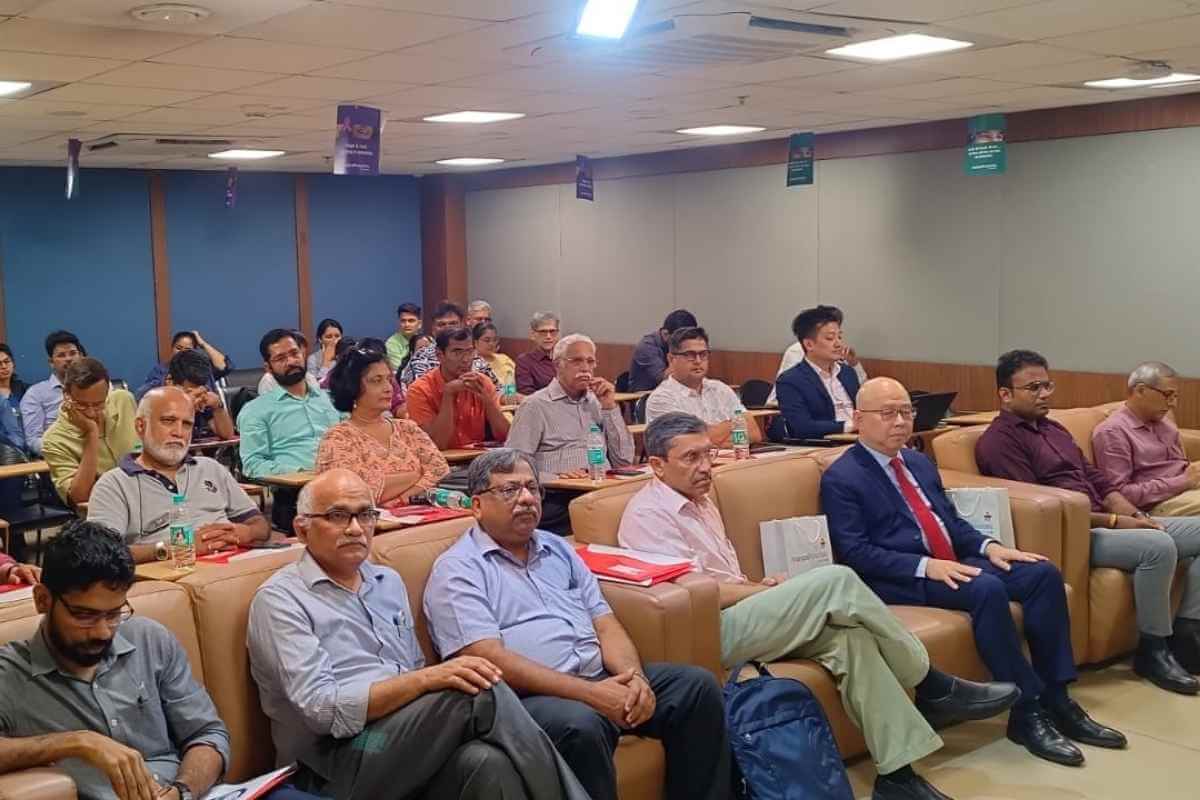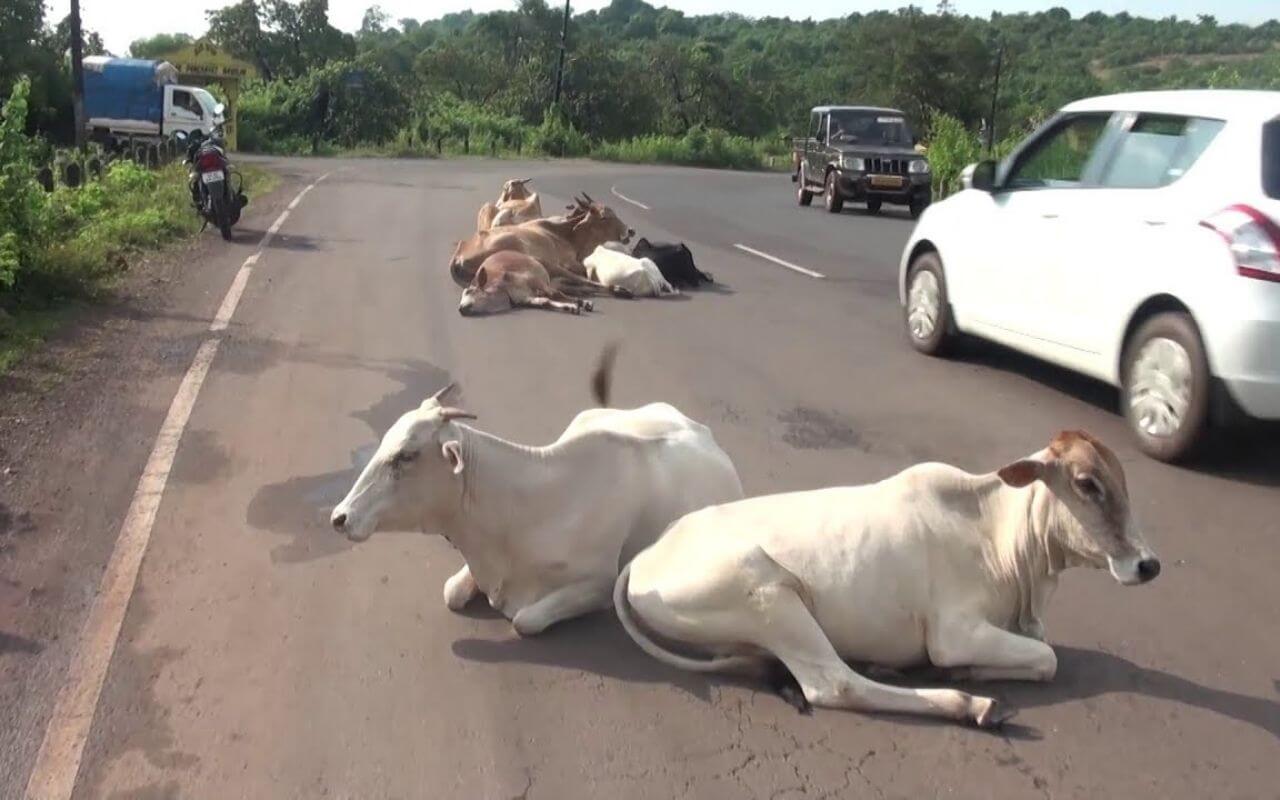As she finishes, a crow caws loudly from a nearby coconut tree. She pauses, a small smile forming—guests are coming. Elsewhere, an elderly fisherman eyes the sky nervously as his dog howls at the moon. He mutters a quick prayer and decides, once again, to head out to sea that night.
In Goa, animals aren’t just part of the landscape—they carry centuries-old meanings, symbols of fortune or foreboding woven deeply into local beliefs. From crows and crocodiles to snakes and black ants, the creatures that roam Goa’s villages, fields, and forests are often seen as messengers of luck or omens of doom. But where do these beliefs come from? And do they still hold sway today?
Crows: The Messengers of Visitors
For many Goans, the cawing of a crow near their home is an unmistakable sign that someone is about to arrive. This belief is so deeply ingrained that even today, some people prepare for guests when they hear a crow’s call.
The origins of this superstition likely trace back to ancient Hindu and indigenous folklore. Crows are associated with Pitru Paksha, a period in the Hindu calendar dedicated to honouring ancestors. Many believe crows carry the souls of the departed, acting as a bridge between the living and the dead. Whether mystical or mere coincidence, one thing is certain: crows in Goa always seem to know when company is coming.
Black Ants: A Sign of Prosperity
Ever spotted a sudden trail of black ants invading your kitchen? Before reaching for the insect spray, consider this: many Goans believe their arrival signals incoming wealth. This belief is rooted in the idea that ants instinctively gather where there is abundance. Scientifically, it makes sense—ants are drawn to food sources and often appear just before monsoon season, when humidity rises and food storage becomes crucial. But folklore adds a magical twist: the more ants, the greater the fortune on its way.
Dogs Howling: A Bad Omen?
Few sounds unsettle a Goan village at night more than the eerie howl of a dog. Even today, many believe it’s a warning of impending death or misfortune. This superstition exists worldwide, but in Goa, it may have roots in both Catholic and Hindu traditions. In Hindu mythology, the god Yama, the deity of death, is often accompanied by dogs. In Catholic lore, black dogs have sometimes been linked to spirits or dark omens. Either way, an unexpected canine chorus at night makes even the most sceptical Goan uneasy.
Crocodiles: Sacred and Feared
While most people fear crocodiles, some Goan communities worship them. In the village of Veling, Ponda, an annual festival called Maange Thapne celebrates the crocodile as a divine being. Locals offer prayers and seek blessings for a good harvest, believing that harming a crocodile brings misfortune.
This reverence stems from an ancient connection between Goa’s wetlands, agriculture, and crocodile habitats. However, not all crocodile-related beliefs are positive. Fishermen in some parts of Goa view a crocodile sighting near their boats as a bad omen, often delaying their trips if they encounter one.
Horses: Keepers of Luck and Protection
While not commonly seen in Goa today, horses once played a vital role in the region’s history. Old Goan households and temples often kept horse figurines, believing they brought good luck and protected homes from evil spirits. Many also believed that horse tail hair had protective powers, leading to the tradition of crafting talismans or charms from them. Though this belief is fading, remnants can still be found in certain temples and rural homes.
Snakes: Divine or Dangerous?
The relationship between Goans and snakes is complex. In Hindu tradition, snakes are considered sacred and worshipped during Nag Panchami, when people offer milk to cobras. Many believe that harming a snake brings bad luck. However, in Christian and Catholic households, snakes are often feared, associated with the biblical symbol of the serpent from the story of Adam and Eve. It’s common to find crosses or religious symbols placed near gardens and wells to ward off these creatures.
Despite these fears, Goa’s forests and fields are home to many snake conservationists who work tirelessly to educate people about their importance in the ecosystem.
Do These Superstitions Still Matter Today?
Some beliefs are fading, while others remain deeply embedded in local culture. Urban families may dismiss these traditions, but in villages, they are still taken seriously. Even today, many Goans won’t ignore the sound of a howling dog or the sudden arrival of a crow at their doorstep.
While science may offer logical explanations for animal behaviour, superstitions add a layer of wonder and mystery to Goa’s relationship with nature. Whether you believe in them or not, one thing is certain—Goa’s animals have stories to tell, and the people of this land have been listening for centuries.

























